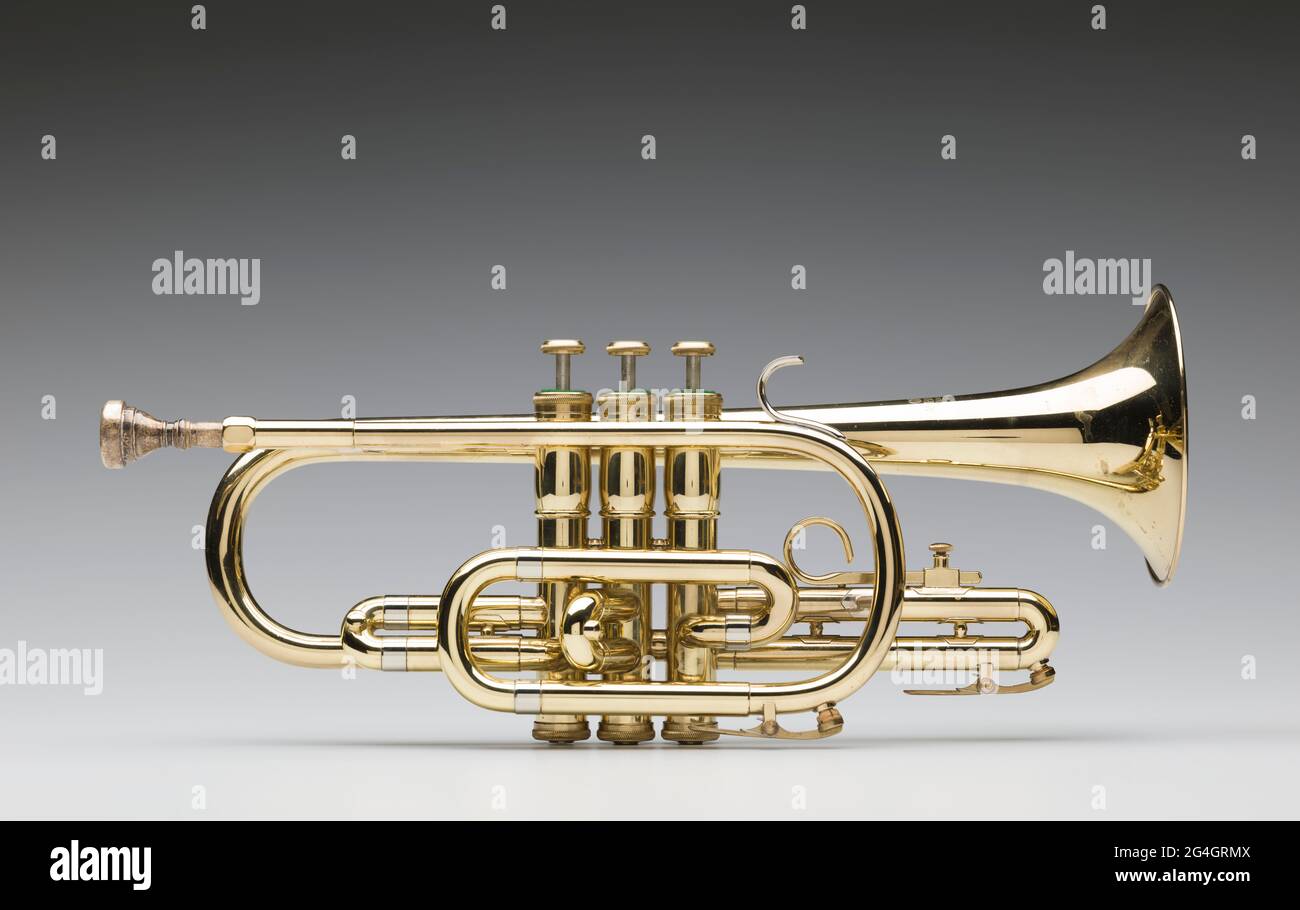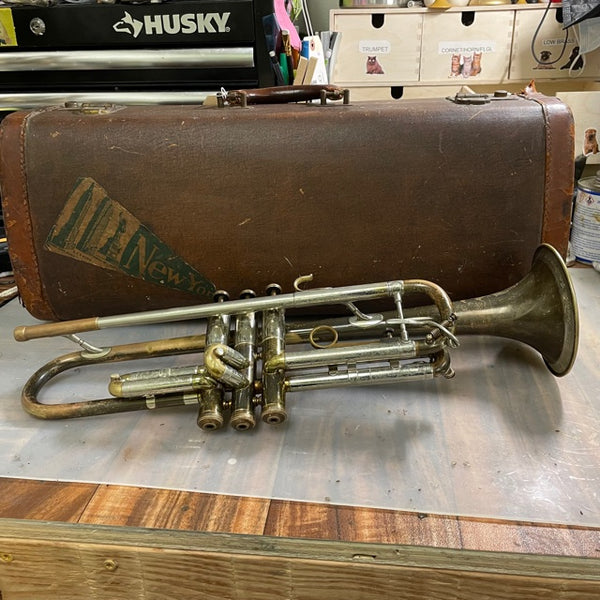
Kind of a witty instrument, especially with the use of mutes. The trumpet was, like the trombone and the saxophone regarded as Played in German jazz bands as of 1924, mostly by players that also played Posing as a perfect advocate for a democracy in Germany. Modernism," a strong surge toward greater equality and emancipation, People saw jazz as the "essence of the era's Play jazz music, and by 1930 artists such as LouisĪrmstrong, Duke Ellington and others became popular to German audiences. Radio also played a role in the popularization of jazz. "Salonorchester" turned to the new style, because dancers wanted it so. War I, the part of Weimar Germany that embraced the modernism that swept through Europe was crazy about jazz. Eager to look ahead after the crushing defeat of World Seven years, until the Wall Street crash signalled an end to this boost Five hundred thousand saxophones were sold in Production of saxophones in America reached a peak in 1924, when 100,000 Undoubtedly a saxophone boom, fuelled by a post-war demand for novelty. In the Roaring Twenties the saxophone became extremely popular as being the He wanted to create an instrument that wouldīoth be the loudest of the woodwinds and the most versatile of the brass,Īnd would fill the then vacant middle ground between the two sections. At that time Markneukirchen was about the wealthiestĬity of Germany, the wholesalers being the millionaires rather than theĪdolphe Sax in 1841. From 1893 untill 1916 there even was a U.S. Or were home made and traded all over the world. Instruments and parts came from factories (mainly Graslitz), workshops With Graslitz being a leading wind instrument producer.

The Musikwinkel-region had a 50 percent share of the worldwide market, At the start of the 20th century the instruments from Woodwinds, harmonicas until almost every orchestral instrument was made They started with violins, then gitars and cithers, Instruments in the 17th century in Markneukirchen after they were forced to leave the Refugees from the Graslitz-region started producing musical Markneukirchen in the Saxonian Vogtland, an area that acted for years as the world's musicstore.īohemia an Saxonia were, apart from a short interval around World War Of the Jazzophon lie in the area of Graslitz in Bohemia and The open bell. Stem and trigger replaced in 2002 by Helmuth Voigt in So, here you'll find everything you always wanted to know Tickled my curiosity and I started researching. Hos stated there was only one other one around in World War II by a friend's uncle who had worked in the GermanĪrbeitseinsatz. It was taken home to Holland shortly after I stumbled across the Jazzophon early in 2010, when Gertjan Hos fromĪssendelft offered one for sale. Was it a lack of suitable music or was it too difficult to play? It is


Hitler's Germany wasn't very fond of jazz or because the crisis hit? Or Saxophone-like instruments from that period. The Jazzophon was not a success, like many other newly invented Switches between the two bells, one of which has a built-in wah-wah

#No name under olds ambassador cornet plus
The Jazzophon is played with a trumpet-mouthpiece and has the three regular trumpet valves plus one valve Nineteen twenties as a cheap alternative to the then very Shows the possibilities of the instrument. The Jazzophon is an almost forgotten instrument, a trumpet in the shape 1 Th e Jazzophon 2 Background of the Jazzophon 3 Other sax shaped trumpets 4 Other double-bell trumpets 5 Other sax shaped instruments 6 Sources, links and contact


 0 kommentar(er)
0 kommentar(er)
